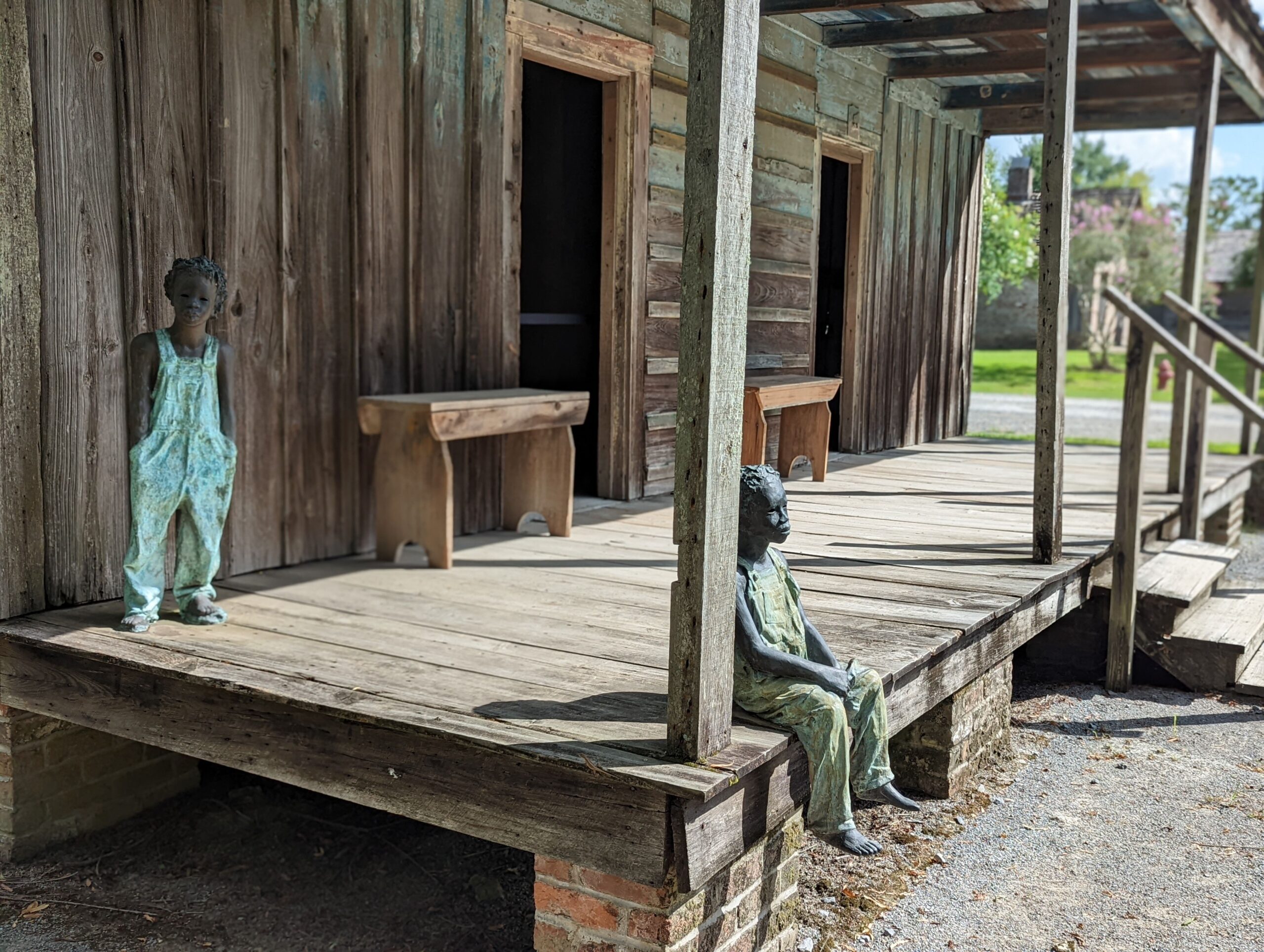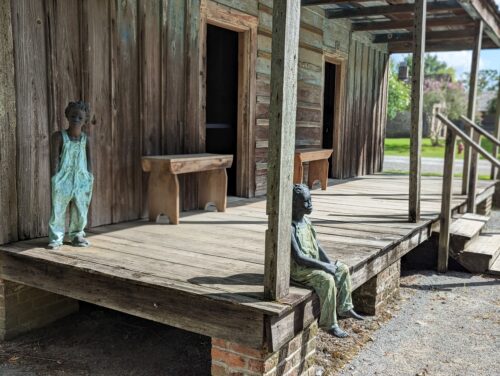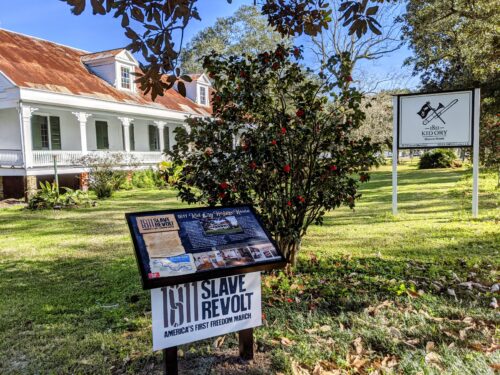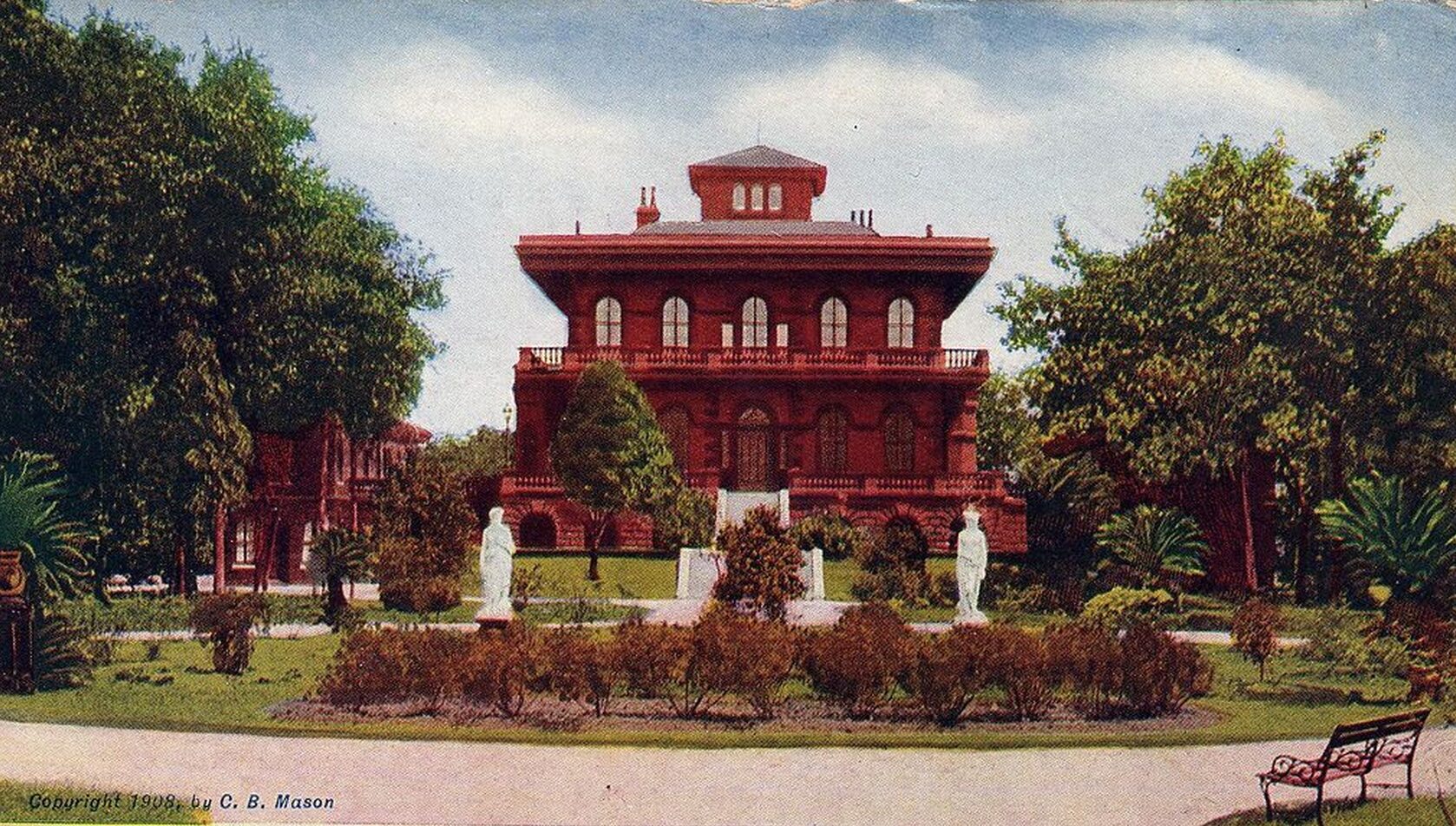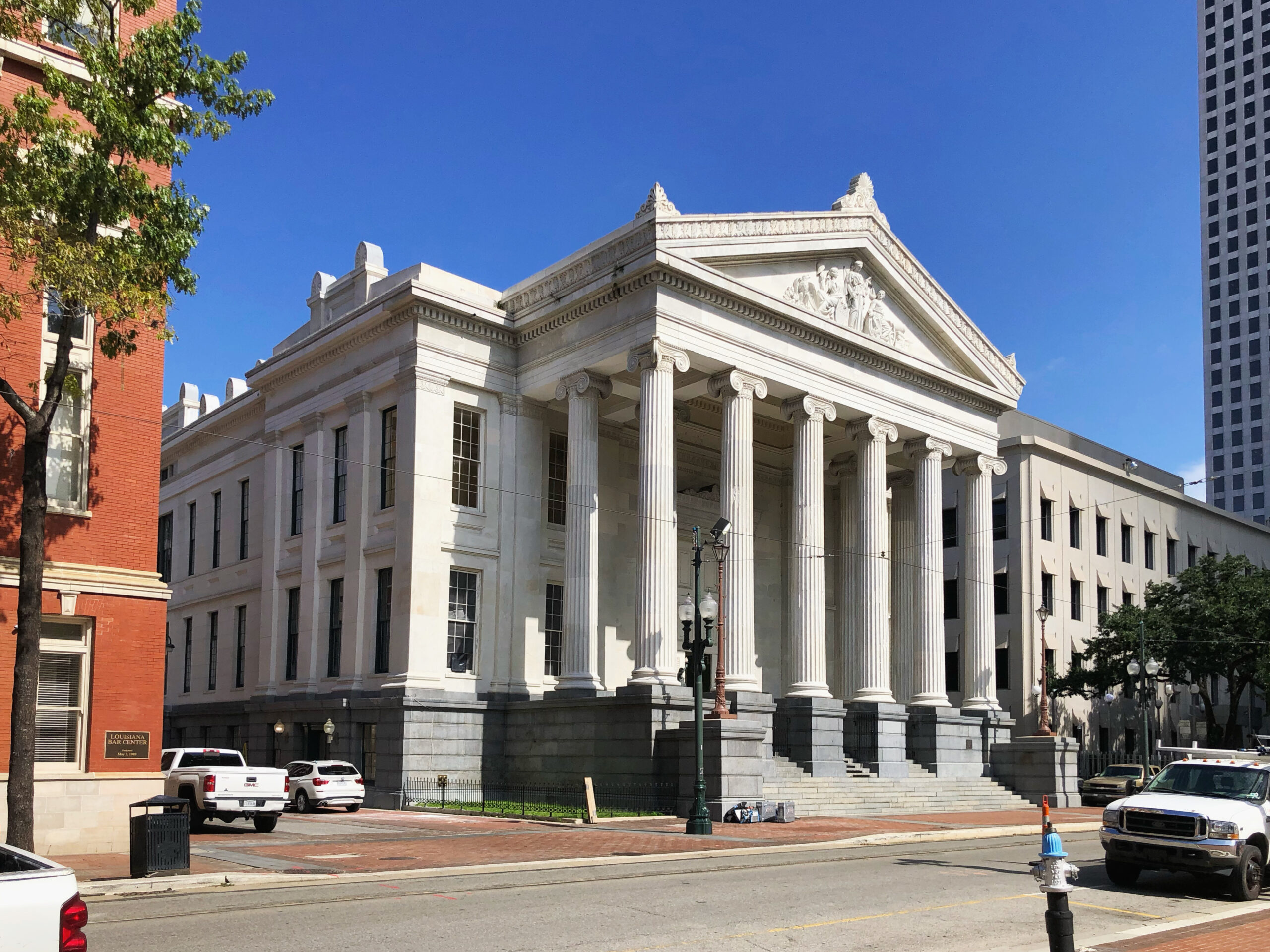This story appeared in the April/May issue of PRC’s Preservation in Print magazine. Interested in getting more preservation stories like this delivered to your door? Become a member of the PRC for a subscription!
By Francesca Vega, Director of Civic Design & Cultural Districts, Louisiana Division of the Arts
In 2017, Louisiana designated four Cultural Districts simultaneously in St. John the Baptist Parish with the goal of spurring revitalization and, according to the parish, building “pride around one of our best assets: culture.”
Since the creation of the four districts, the parish has adopted an ordinance establishing local historic districts, designated local historic landmarks and established a historic district commission.
Louisiana Cultural District designations help instill local pride and bring tax incentives that can be layered with other programs implemented by the parish, noted St. John the Baptist Parish Director of Planning and Zoning Tara Lambeth, the current liaison for the districts. The parish also has future plans to create design guidelines so that development matches the character of the cultural districts.
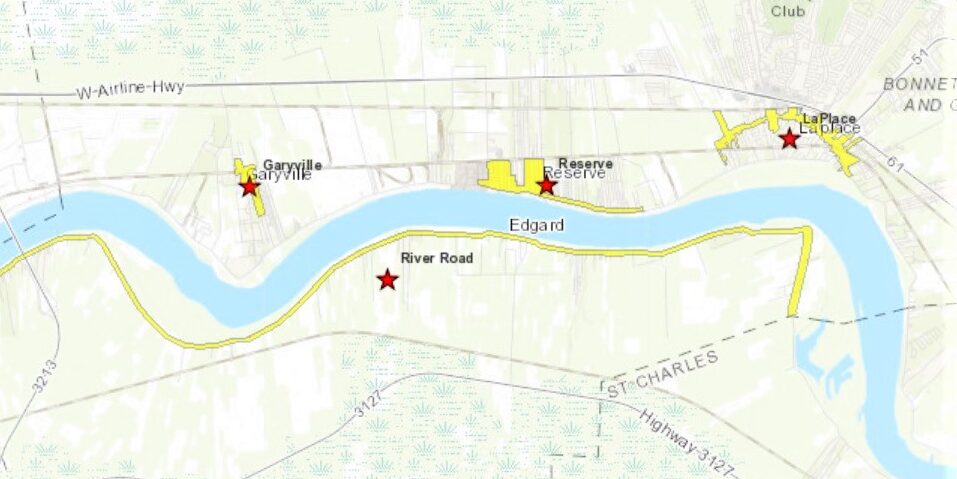
The Louisiana Cultural Districts Program was created by Act 298 of the 2007 Regular Session of the Louisiana Legislature with the goal of sparking community revitalization based on cultural activity through tax incentives, technical assistance and resources.
The St. John the Baptist Parish Cultural Districts include Garyville, LaPlace and Reserve on the east bank of the Mississippi River, and the River Road Cultural District on the west bank. Archaeological evidence and historic records indicate that early stewards of this land (from approximately 1700 and earlier) include the Acolapissa, Chawasha, Chitimacha, Mugulasha and Quinipissa people, among others. (It’s imperative to note that archaeological evidence and colonial records do not fully illustrate the complex picture of Indigenous people, their displacement or histories.)
European occupation of the area began in the early 18th century, mainly by German people, followed by French and Spanish settlement. The parish is known as the German Coast/La Cote des Allemands.
Agriculture remains a major industry here, along with the petrochemical industry, which took hold in the early part of the 20th century.
The Garyville Cultural District largely follows the Garyville National Register Historic District, containing structures from the founding of Garyville in 1903 by the Lyon Lumber Company, once the second-largest pine mill worldwide. Three other National Register listings are south of Garyville.
East of Garyville is the Reserve Cultural District. Reserve was home to one of the largest sugar companies in the world, Godchaux’s Sugar. Within the district, a combination of architectural styles and building types remain, including Creole cottages, Queen Anne-style homes, bungalows with Craftsman elements, Pyramidal cottages and the Godchaux-Reserve Plantation House.
Furthest east is the LaPlace Cultural District, which follows a street corridor used before the modern-day levee system. Many historic structures and the district’s boundaries follow the former narrow property lines or arpents. In the LaPlace Cultural District, the most well-known historic structure is the 1811 Kid Ory Historic House, where Charles Deslondes launched the 1811 German Coast Slave Revolt. The carefully organized revolt was one of the largest rebellions by enslaved people in U.S. history and was covered in 90 percent of the newspapers in the country at the time. More than 70 years after the revolt, Edward “Kid” Ory, the notable New Orleans Jazz pioneer, was born on the property, which at the time was called Woodland Plantation. Woodland Plantation was listed individually in the National Register of Historic Places on Oct. 4, 2017.
Across the Mississippi is the River Road Cultural District. St. John the Baptist Parish describes the area as “one of the parish’s most important cultural assets due to the river as a form of transportation, the area’s architecture, National Register listings and the untouched landscape.” It’s the location of Evergreen Plantation, which is the only National Historic Landmark in this cultural district. Also located here is the Whitney Planation Historic District, which was listed in the National Register on Nov. 23, 1992. Whitney Plantation is the only Louisiana plantation heavily focused on educating the public about the history and legacies of slavery in the United States.
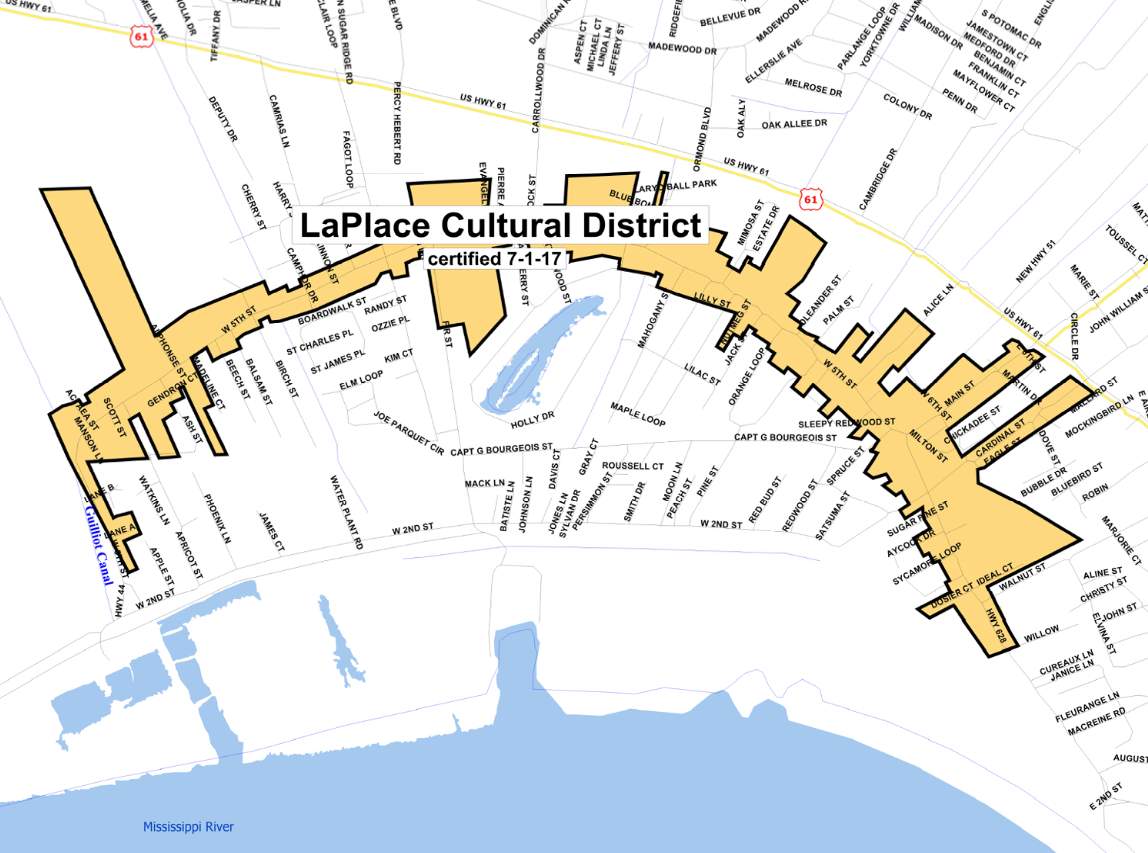
I asked Whitney Plantation Tour Guide Dymonn Adams if she could point out other significant cultural anchors in the area. Adams said the cultural anchor, to her, is the community itself — the people, the history, the culture and the feeling of this place, rather than specific locations on a map. I find that this is the case for many Louisiana Cultural Districts. While physical anchors and boundaries help define districts, culture transcends the tangible. In addition to the two plantations, the district has four other National Register listings, primarily viewable from the river road.
If you haven’t already, I encourage you to visit St. John the Baptist Parish to enrich your perspective on Louisiana’s history and culture. For information about other Cultural Districts in our state, visit www.crt.state.la.us/cultural-development/arts/cultural-districts.




